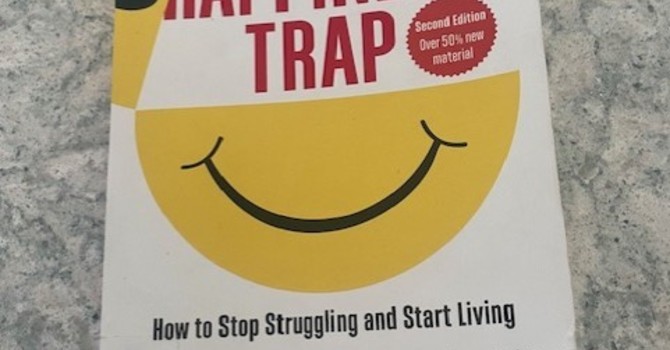
As I prepared to write this blog, I initially contemplated offering an overview of anxiety and Cognitive Behavioral Therapy (CBT) to frame my review of “The Anxiety and Worry Workbook: A Cognitive Behavioral Solution.” However, upon revisiting the workbook, I recognized that the authors—David A. Clark and Aaron Beck—had already masterfully explained both topics. Their descriptions far surpassed what I could provide.
Therefore, I made the deliberate choice to share direct quotes from the workbook itself. These excerpts not only lay the groundwork for understanding but also offer a glimpse into the authors’ expertise and the workbook’s content.
Before I delve into sharing quotes from the book, let me underscore why I find this workbook valuable. As an advocate for its merits, I appreciate its well-crafted content. It adeptly educates readers about anxiety and worry, clarifying when these concerns escalate into issues requiring attention.
In addition to its informative content, the workbook offers practical exercises. If diligently practiced, these exercises have the potential to alleviate anxiety. While a therapist’s guidance can enhance this journey, it’s crucial to acknowledge that not everyone requires therapy to benefit from the workbook. For some, it serves as an initial step in understanding their anxiety. There are individuals who struggle to reach out to therapists due to various constraints—whether financial, geographical, or logistical. For them, the workbook can serve as a lifeline.
Let’s start with a description from the preface of the workbook:
This is a workbook about cognitive behavioral therapy (CBT) for anxiety and its disorders. It is a self-help workbook that shows you how to use the insights, interventions and resources of CBT to quell severe and uncontrollable anxiety. Its more than 70 worksheets offer step-by step guidance in how to apply highly effective CBT strategies to generalize anxiety, worry, panic and social anxiety.
The Anxiety and Worry Workbook drills deep into the CBT approach to anxiety. It doesn’t mix in other interventions with less proven effectiveness. It teaches the CBT understanding of anxiety and shows what needs to change in our thinking and behavior to reduce anxiety. The first seven chapters teach the fundamental skills of CBT, which are then tailored and refined in later chapters to deal with specific anxiety problems like worry, panic attacks and social anxiety.
Cognitive Behavioral Therapy
Cognitive behavior therapy (CBT) asserts that the way we think and how we act has a significant effect on how we feel. If we think an impending event might result in a negative outcome, we’ll consider it threatening. Anticipating threats often leads to escape and avoidance actions because we are seeking safety and comfort. The thoughts of threat and avoidance behavior have the unintended effect of raising the intensity of anxious feelings. In CBT changing the way we think about threat and danger is considered critical to anxiety reduction.
What to expect?
The first seven chapters of The Anxiety and Worry Workbook delve into core psychological processes responsible for making anxiety a problem. In these chapters we tackle the nuts and bolts of the anxious mind, such as threat interpretation bias, underlying beliefs about anxiety, heightened anxiety sensitivity, avoidance, seeking behaviors, and intolerance of uncertainty. The remaining three chapters focus on three anxiety problems: worry, panic attacks and social-evaluation anxiety.
If the snippets in the workbook’s introduction resonate with you, this workbook could be beneficial if you’re dealing with anxiety. The authors emphasize that this requires effort and commitment—you must actively engage with the techniques provided.
However, if the initial sections of the workbook don’t resonate with you, or if you complete it and seek additional resources, consider exploring the University of Regina’s free online cognitive behavior therapy. They offer support through online resources and access to therapists via email or phone. Visit their website at onlinetherapyuser.ca for more information.
Karrie Derbyshire
Contact Me



